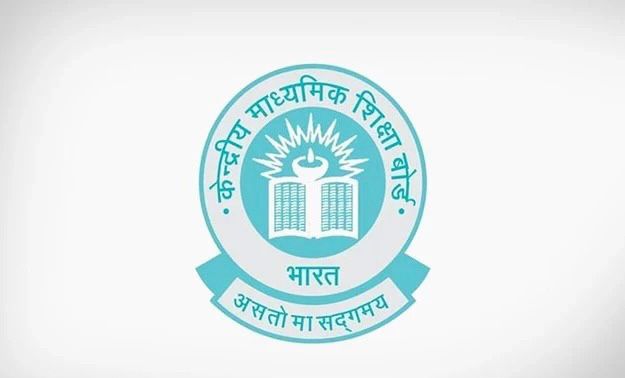A solution containing 2 g of glucose (M = 180 g mol-1) in 100 g of water is prepared at 303 K. If the vapour pressure of pure water at 303 K is 32.8 mm Hg, what would be the vapour pressure of the solution?
Ans.
To find the vapor pressure of the solution, we can use Raoult’s law, which states that the vapor pressure of a solution is directly proportional to the mole fraction of the solvent in the solution.
The mole fraction of the solvent (water) in the solution can be calculated using the formula:
�solvent=moles of solventtotal moles in solution
First, we need to find the number of moles of glucose and water in the solution.
-
Moles of glucose: Mass of glucose=2 g Molar mass of glucose=180 g/mol Number of moles of glucose=MassMolar mass=2 g180 g/mol=0.0111 mol
-
Moles of water: Mass of water=100 g Molar mass of water=18 g/mol Number of moles of water=MassMolar mass=100 g18 g/mol=5.56 mol


